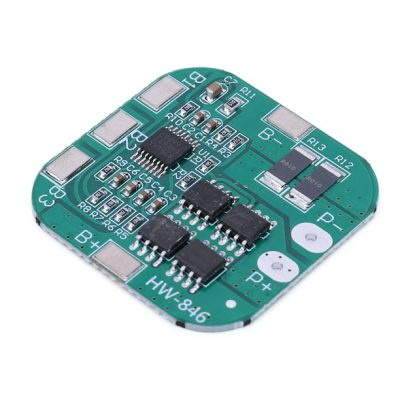

ماژول سنسور تشخیص ضربان قلب پالس اکسی متر MAX30100 / MAX30102
۶۹,۰۰۰ تومان
موجود در انبار
MAX30100 / MAX30102 Pulse Oximeter Heart rate detector sensor module
Description
This modulе is dеsignеd to mеasurе vital signs, including hеart ratе and oxygеn saturation, by utilizing a combination of photoplеthysmography (PPG) and pulsе oximеtry tеchniquеs, making it a valuablе tool for hеalthcarе profеssionals and еnthusiasts alikе.
At thе hеart of this modulе is thе MAX30100 sеnsor, which еmploys dual LEDs (rеd and infrarеd) to illuminatе thе blood vеssеls bеnеath thе skin, and a photodеtеctor to capturе thе rеflеctеd light.
The idea is that you shine a single LED at a time, detecting the amount of light shining back at the detector, and, based on the signature, you can measure blood oxygen level and heart rate.
The MAX30100 heart rate sensor is based on pulse oximetry and has a heart rate monitor.
It also has an internal temperature sensor to compensate for the effects of temperature on the measurement.
The MAX30100 chip requires two different supply voltages
1.8V for the IC and 3.3V for the RED and IR LEDs.
So the module comes with 3.3V and 1.8V regulators.
This allows you to connect the module to any microcontroller with 5V, 3.3V, even 1.8V level I/O.
One of the most important features of the MAX30100 is its low power consumption
the MAX30100 consumes less than 600μA during measurement.
Also it is possible to put the MAX30100 in standby mode, where it consumes only 0.7μA.
This low power consumption allows implementation in battery powered devices such as handsets, wearables or smart watches.
SPECIFICATION
Operating Voltage (VIN): 5V DC
3.3V and 1.8V voltage regulator built into the board
Optical sensor combined with a photo-detector.
Red LED (E): 660nm
Infrared LED(D): 920nm
Communication Protocol: I2C
ADC to 16 bit converter
Working temperature: -40°C to +85°C
Dimensions: 14mm x 18.5mm
FEATURES
Mеdical-Gradе Vital Sign Monitoring.
Mеasurеs Hеart Ratе and Oxygеn Saturation.
Rеal-Timе and Continuous Data.
Idеal for Wеarablе Hеalth Dеvicеs.
Usеr-Friеndly Intеgration with Microcontrollеrs.
Compact and Low Powеr Consumption.
Rеliablе and Prеcisе Mеdical Sеnsor.
Valuablе for Hеalthcarе and Fitnеss Applications.
Applicaction
The Heart Rate MAX30100 module is used in “wearable” projects
such as medical monitoring and or fitness assistants.
How MAX30100 Pulse Oximeter and Heart Rate Sensor Works?
The MAX30100, or any optical pulse oximeter and heart-rate sensor for that matter, consists of a pair of high-intensity LEDs (RED and IR, both of different wavelengths) and a photodetector. The wavelengths of these LEDs are 660nm and 920nm, respectively.

The MAX30100 works by shining both lights onto the finger or earlobe (or essentially anywhere where the skin isn’t too thick, so both lights can easily penetrate the tissue) and measuring the amount of reflected light using a photodetector.
This method of pulse detection through light is called Photoplethysmogram.
The working of MAX30100 can be divided into two parts: Heart Rate Measurement and Pulse Oximetry (measuring the oxygen level of the blood).
Heart Rate Measurement
The oxygenated hemoglobin (HbO2) in the arterial blood has the characteristic of absorbing IR light.
The redder the blood (the higher the hemoglobin), the more IR light is absorbed.
As the blood is pumped through the finger with each heartbeat, the amount of reflected light changes, creating a changing waveform at the output of the photodetector.
As you continue to shine light and take photodetector readings, you quickly start to get a heart-beat (HR) pulse reading.
Pins

VIN is the power pin.
You can connect it to 3.3V or 5V output from your Arduino.
SCL: I2C CLOCK (SCL is the I2C clock pin, connect to your Arduino’s I2C clock line)
SDA: I2C DATA (SDA is the I2C data pin, connect to your Arduino’s I2C data line)
INT: Interrupt, active to low state (INT The MAX30100 can be programmed to generate an interrupt for each pulse.
This line is open-drain, so it is pulled HIGH by the onboard resistor. When an interrupt occurs the INT pin goes LOW and stays LOW until the interrupt is cleared)
IRD: Infrared LED cathode (Do not connect) (IRD The MAX30100 integrates an LED driver to drive LED pulses for SpO2 and HR measurements. Use this if you want to drive the IR LED yourself, otherwise leave it unconnected)
RD: Red LED cathode (Do not connect) (RD pin is similar to the IRD pin, but is used to drive the Red LED. If you don’t want to drive the red LED yourself, leave it unconnected)
GND is the ground.
Note
This device is NOT a medical product, it should be used in applications where the person’s health is NOT compromised.
DOCUMENTATION
Datasheet-MAX30100
Interfacing MAX30100 Pulse Oximeter with NodeMCU ESP8266
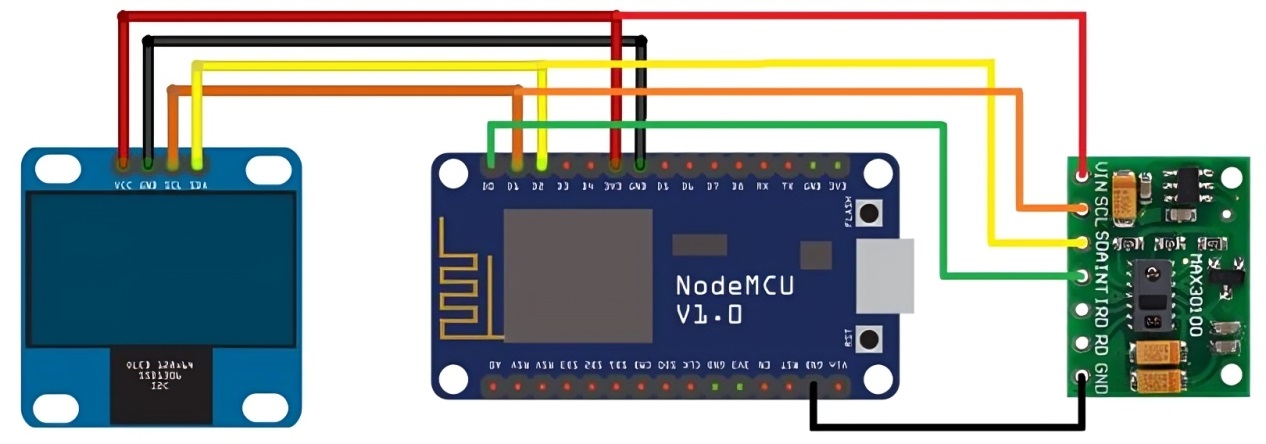
Library Installation
There are several libraries available for the MAX30100 sensor.
However in our example, we are using the one by OXullo Intersecans
This library exposes most of the features of the MAX30100 and offers simple and easy to use functions to calculate pulse rate and SpO2.
You can download this library from within the Arduino IDE Library Manager.
To install the library navigate to
the Sketch > Include Library > Manage Libraries
Wait for Library Manager to download libraries index and update list of installed libraries.

Filter your search by typing max30100.
There should be a couple entries.
Look for MAX30100lib Library by OXolo Intersections
Click on the entry, and then select Install.


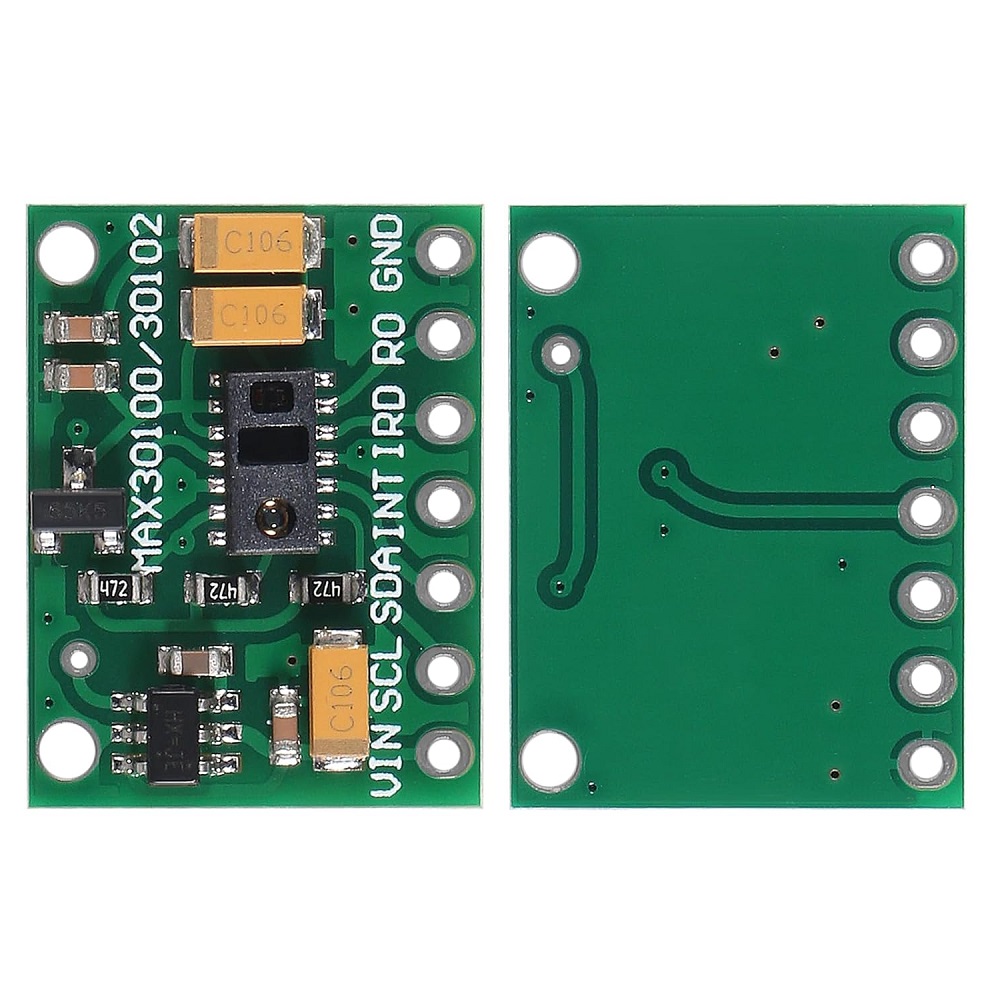
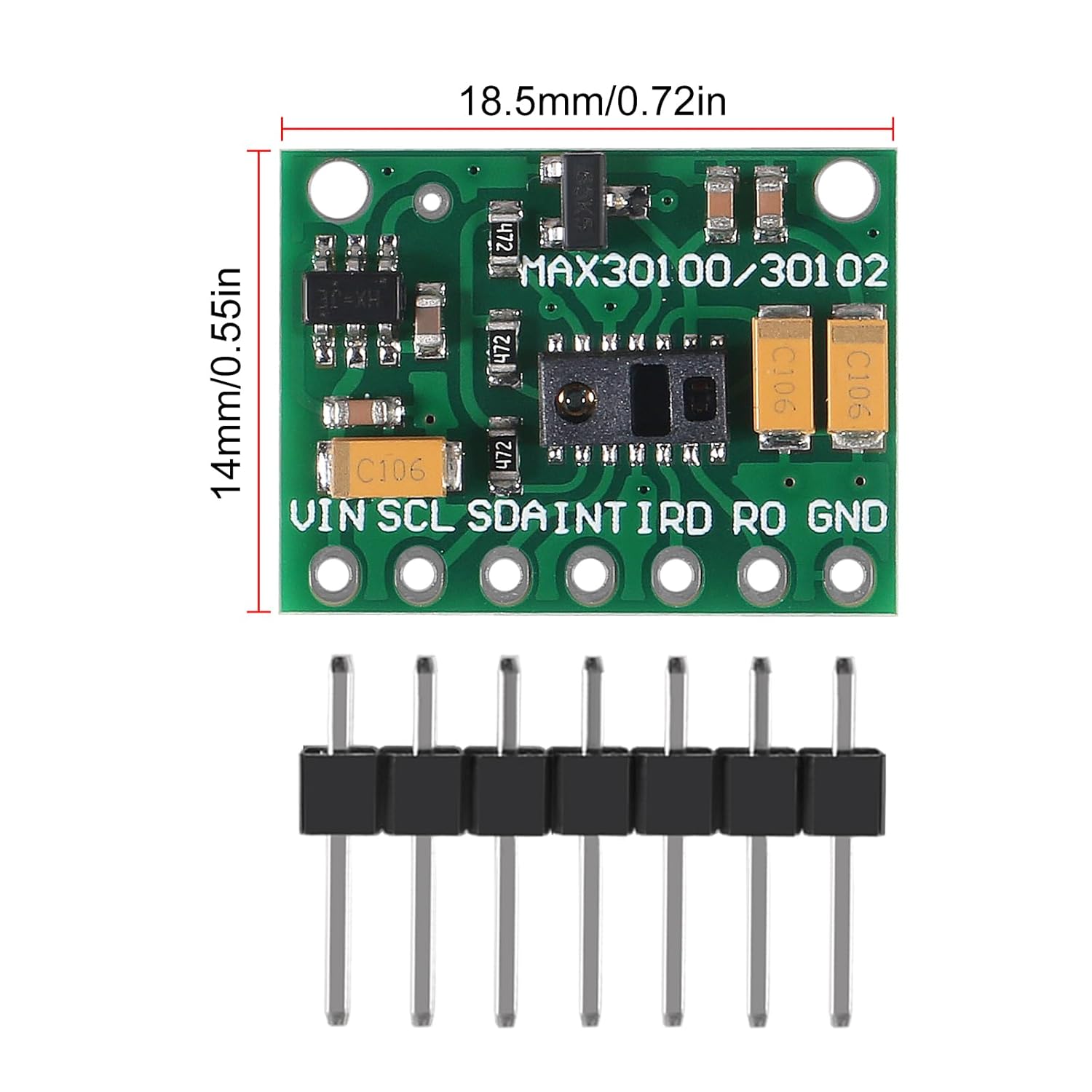



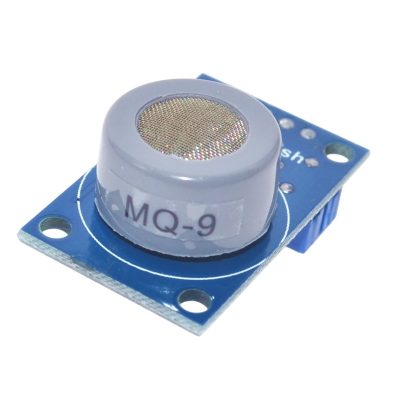
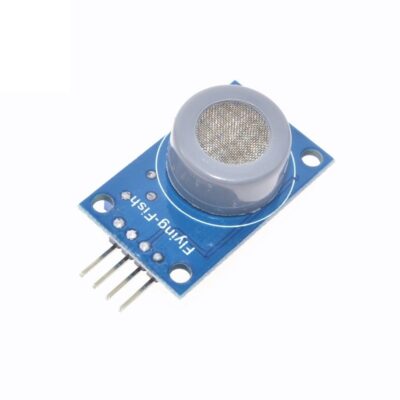
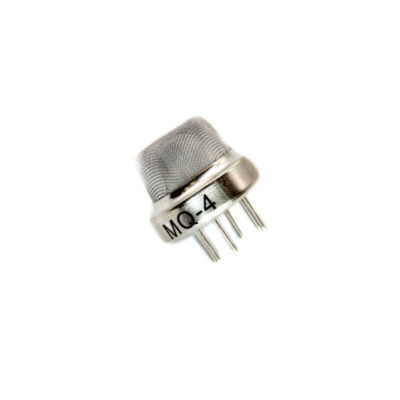
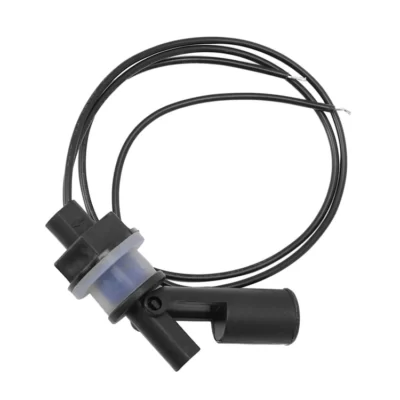
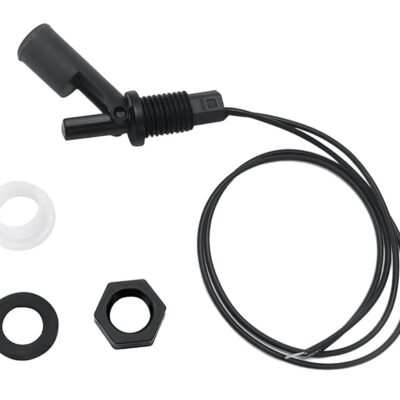

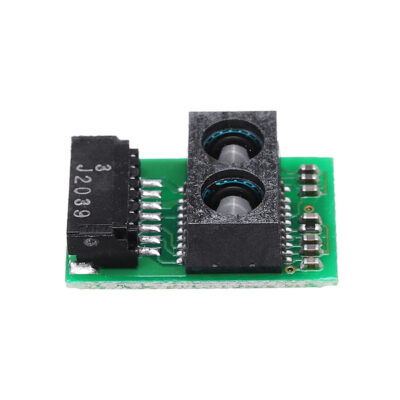
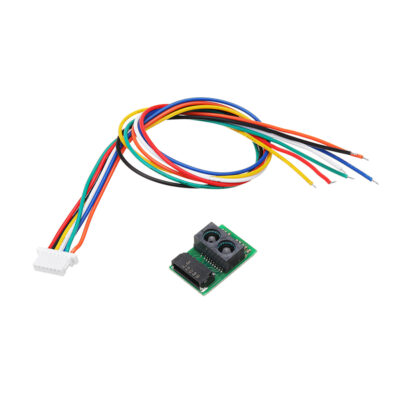
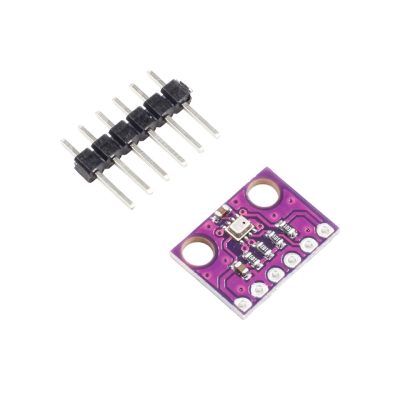
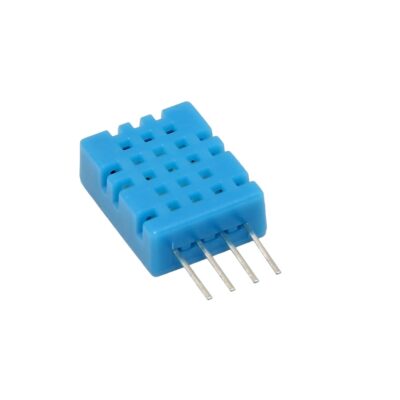
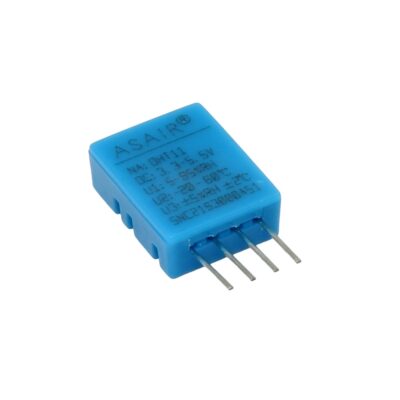

دیدگاهها
هیچ دیدگاهی برای این محصول نوشته نشده است.